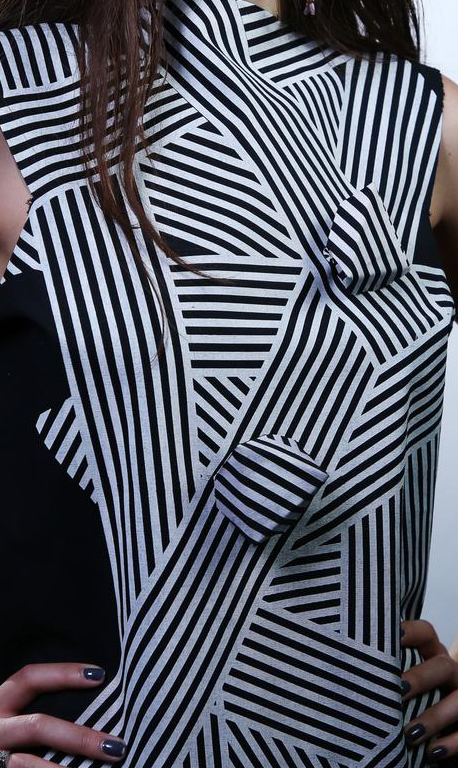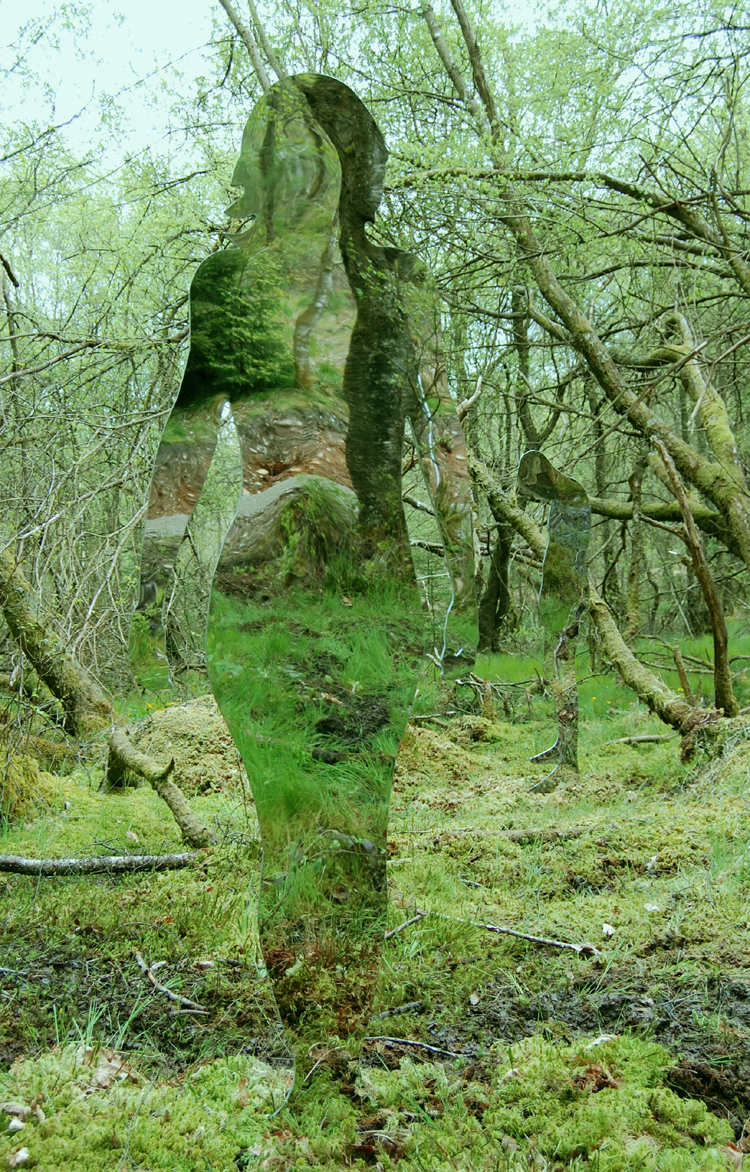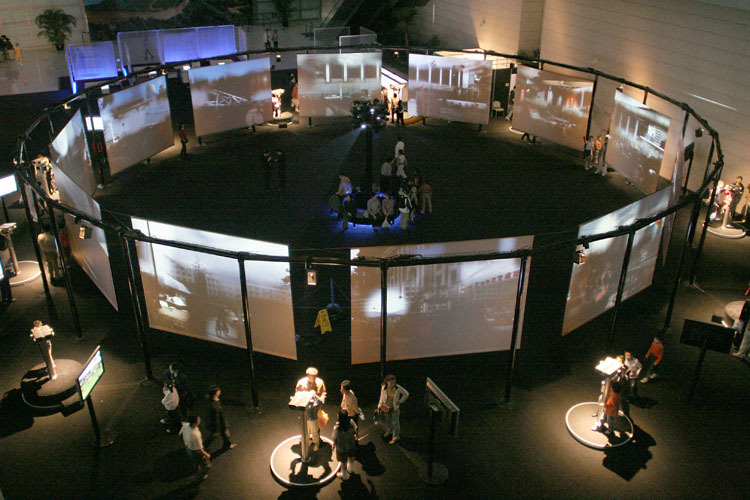Морис Бенаюн
莫里斯·贝纳永
Cosmopolis
Overwriting the city
Cosmopolis endeavours to examine urban realities through people’s eyes. It is an artistic, and scientific interpretation of urbanization, making a visit a physical and intellectual experience.
The visitor enters a big, moving panorama of a constantly changing city. Twelve observation binoculars, much like those found at scenic lookout points, allow one to be surrounded 360° by twelve urban environments. Seven Occidental cities and five Asian cities: Paris , Berlin , Barcelona , Chicago , Johannesburg , Cairo , Sao Paulo , Beijing , Shanghai , Chongqing , Chengdu , Hong Kong , can thus be discovered, each from different viewpoints. Bearing no resemblance to the touristy landscapes one may expect to see, these scenes lay out major urban issues simply through a choice of viewpoint: transportation, environment, architecture, energy, health…


















